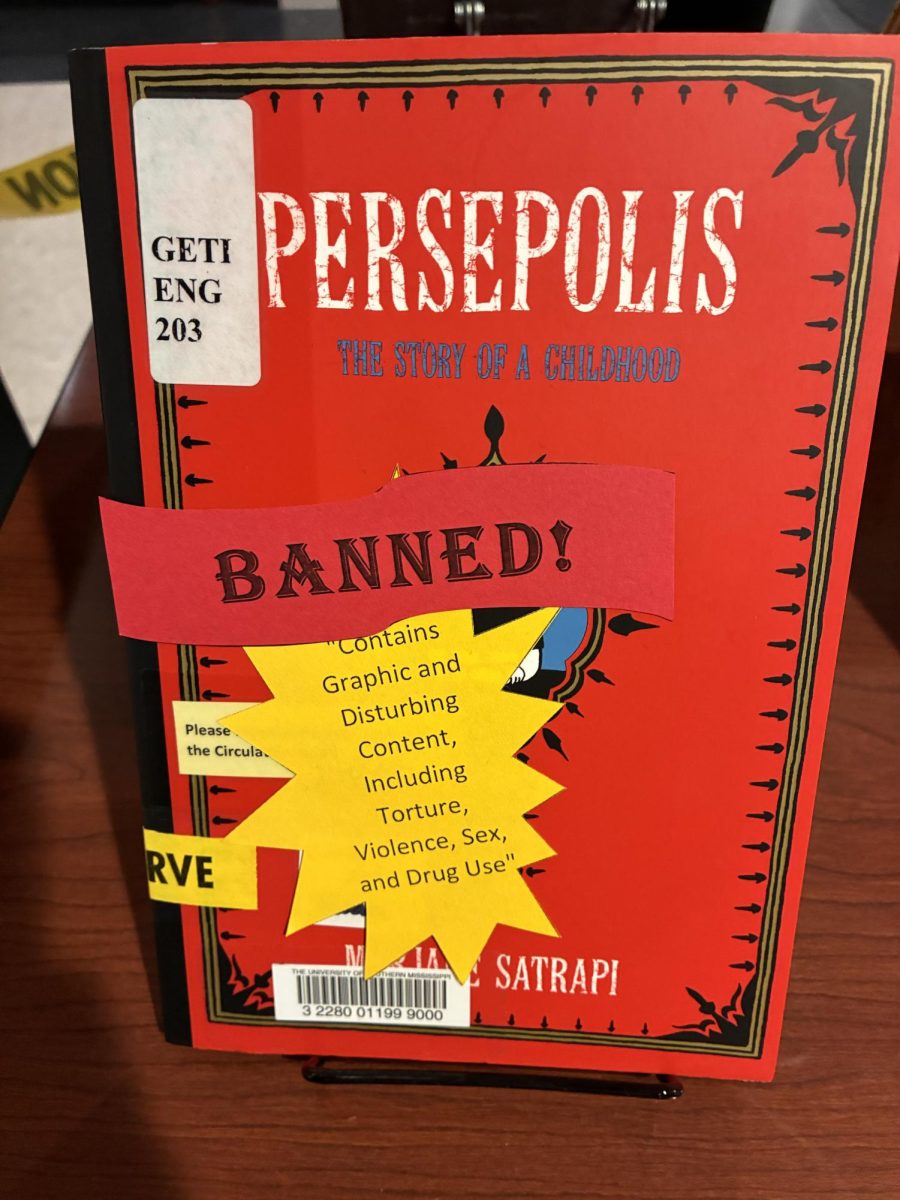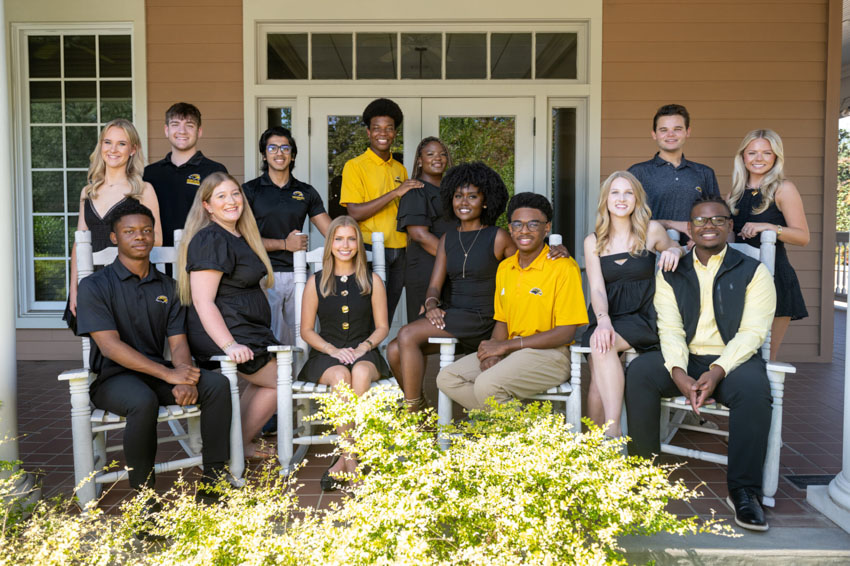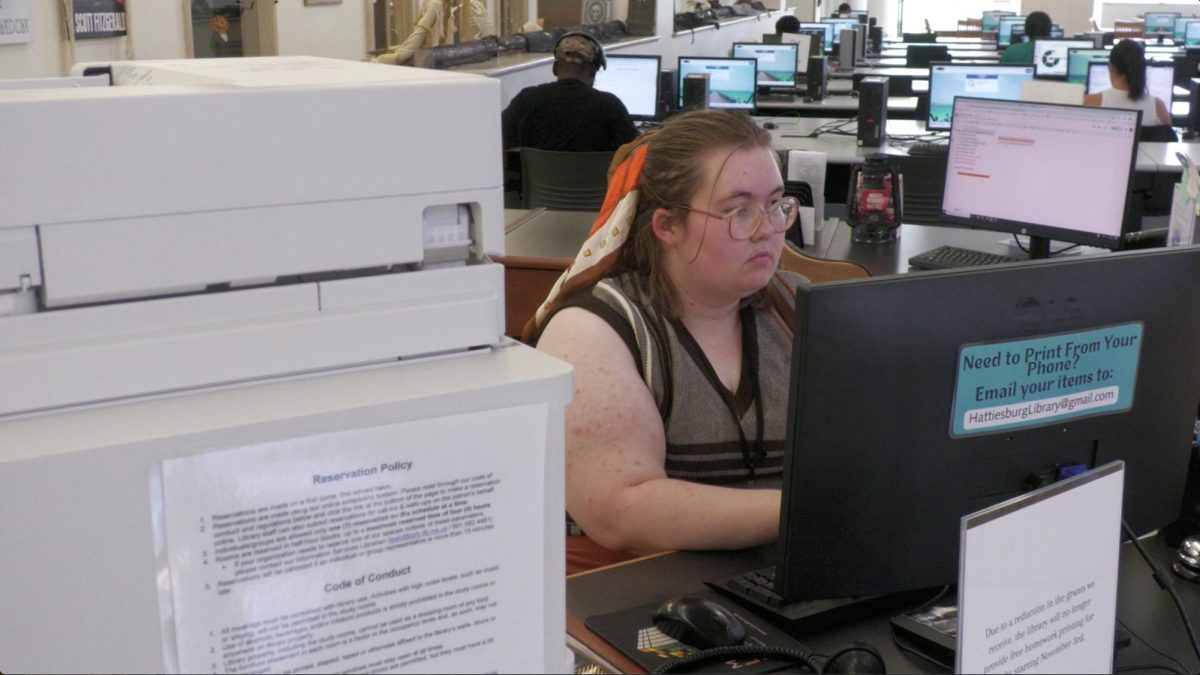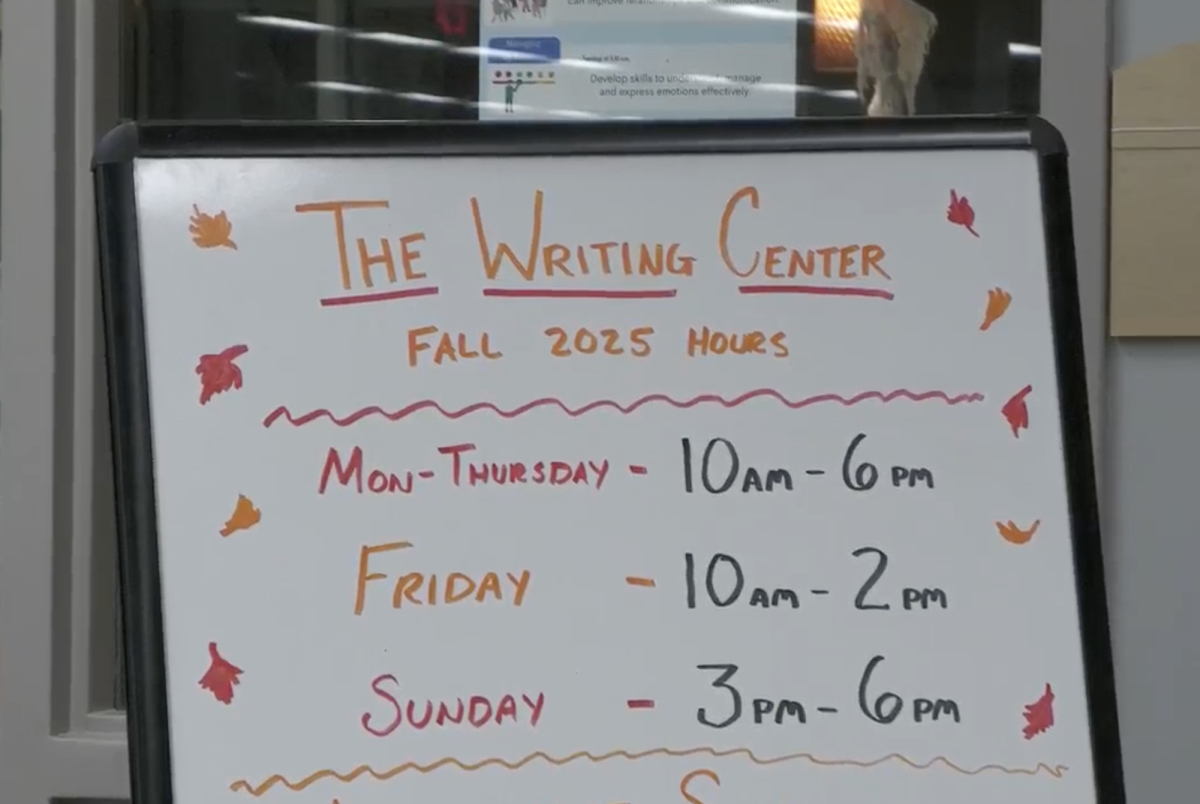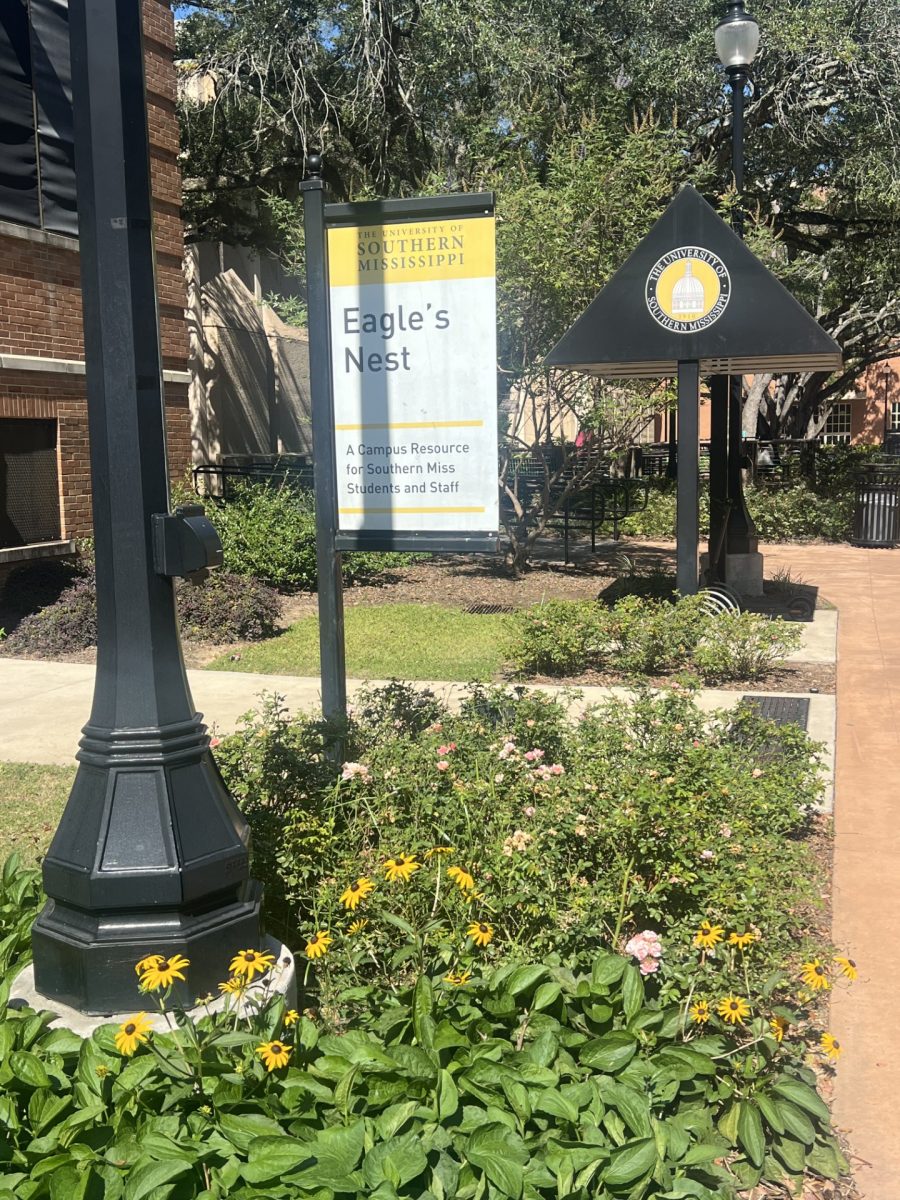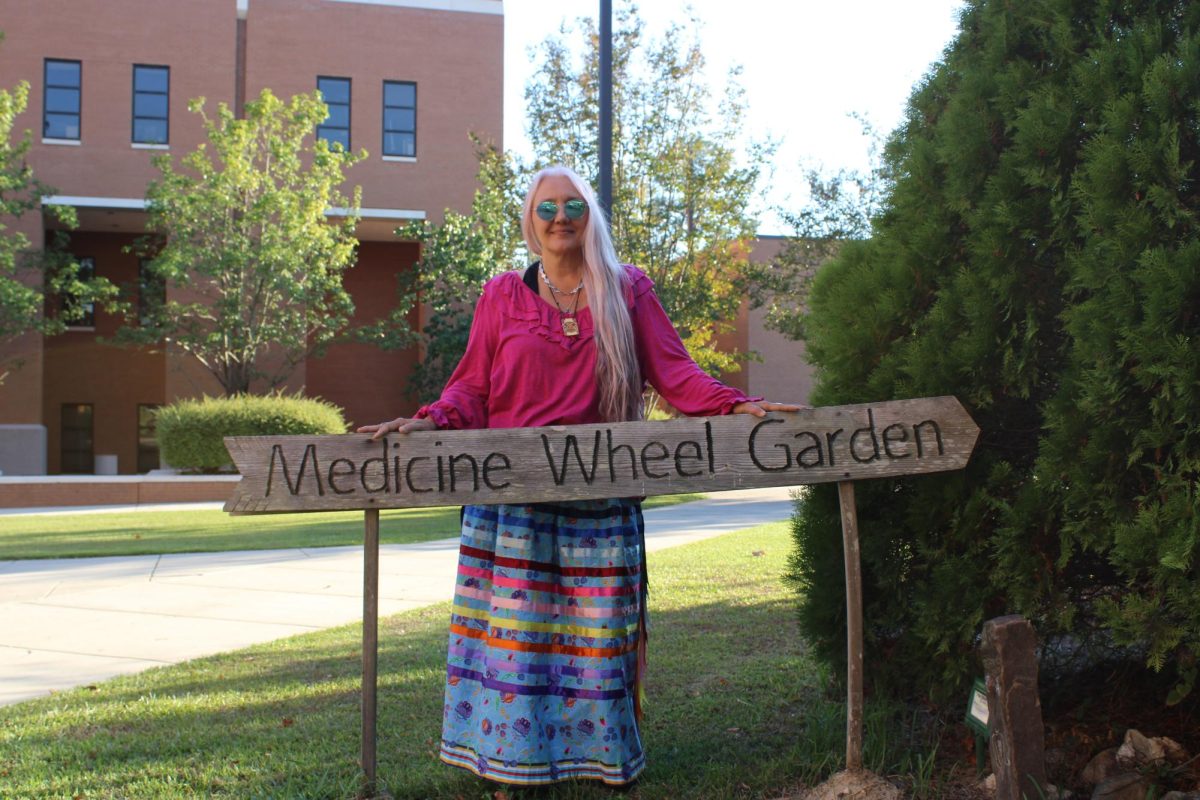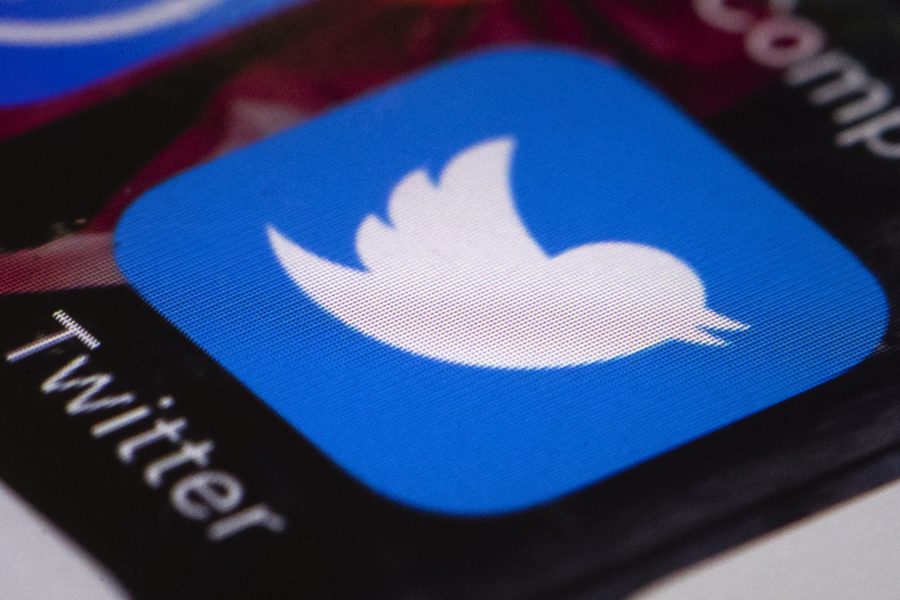The United States Supreme Court recently dismissed a case that claimed former president Donald Trump violated the First Amendment when he blocked social media users on Twitter. Clarence Thomas, an Associate Supreme Court Justice, wrote an official concurrence to the ruling wondering whether social media should be regulated as a “public utility” rather than as an independent entity.
“The similarities between some digital platforms and common carriers or places of public accommodation may give legislators strong arguments for similarly regulating digital platforms,” Thomas wrote. “[…] That is especially true because the space constraints on digital platforms are practically nonexistent (unlike on cable companies), so a regulation restricting a digital platform’s right to exclude might not appreciably impede the platform from speaking.”
When asked, several legal experts told NPR News that Thomas’s comments were a “fringe” interpretation of common carrier laws, only held by similarly conservative political figures. Thomas’s concurrence has also not been publicly supported by any other justice. This is all for good reason: social media does not meet the same qualifications as a public utility does, and treating it as such will do more harm than good in the long run.
On a technical level, social media is not a requirement for living in the same way that cell phones are, so it doesn’t necessarily qualify as a public utility. As Harvard Law professor Susan Crawford wrote for WIRED, “[Facebook] may be a dominant app. It may even be exercising monopoly power unfairly. But it is not a utility, and muddying the definitional waters this way will only help the real utilities — like Comcast, Spectrum, AT&T, Verizon and CenturyLink — avoid genuine oversight.”
More than that, though, regulating social media sites like public utilities is difficult due to the constantly changing nature of social media. Cell phones may improve in functionality, but their purpose remains the same, no matter their form. Social media is not as clear cut. Social media sites evolve from year to year, taking on different purposes through different features. Setting a limit on that innovation would ultimately be to everyone’s detriment, as it would encourage sites to monopolize on one trait rather than develop another.
Social media sites are also still a relatively recent phenomenon, meaning we do not yet have enough information as to how to correctly regulate them to the fullest extent. There are, of course, basic steps social media sites can do, such as crack down on posts circulating misinformation or hate speech. But those are very broad actions that do not give specific solutions to specific problems.
There is simply no way to fully account for the ways in which people will utilize a social media site until they actually start using that social media site. We can’t simply make it so that we regulate whatever site is popular right now, either, because that would lead into a whole new set of problems when public tastes inevitably change.
To simply lump social media into a category of public utility is, in a way, a lazy fix. It’s like forcing a circular toy into a square-shaped hole: even if you manage to get it to work for a while, the toy will eventually fall out, and you’d be stuck in the same situation you were in at the beginning.

